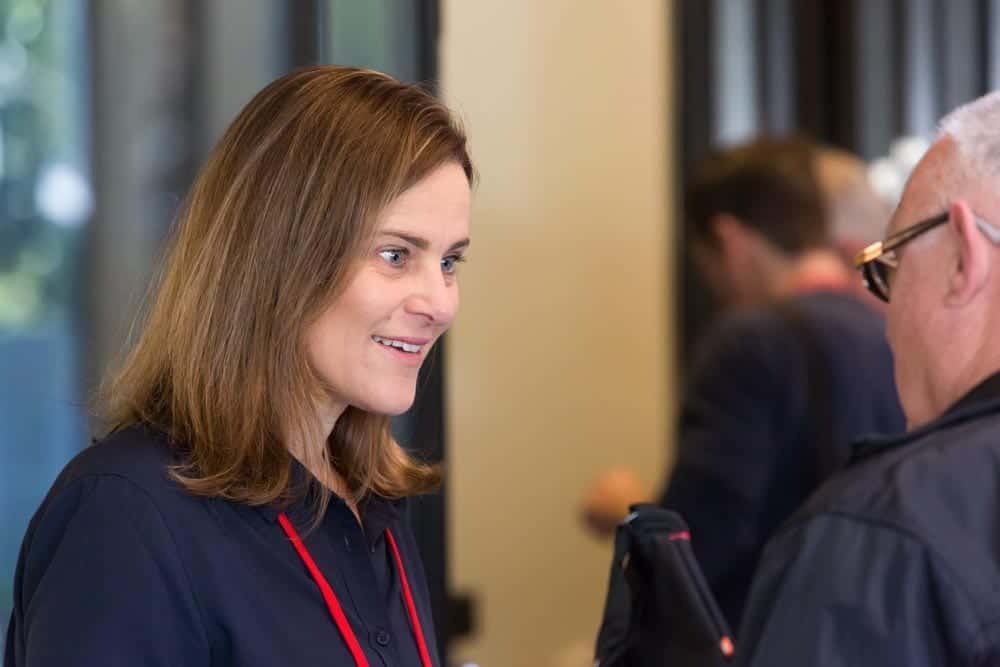
What is a Monte Carlo simulation in trading?
Nick Radge explains Monte Carlo simulations and why they are important when testing your stock trading systems.
If I was to say to 100 people, “Take this system, go away and report back, trade different markets, do different things. Report back to me with the results in five years time.” What I would have is a bigger sample of what is possible and what is not, rather than just one example.
And agreeably I’ve shown you the system in a very good period of time.
But, if I go and test the system through varying market conditions, it will spit back at me what to expect. But, it doesn’t give me the variance of that expectation. And that’s very important ’cause you don’t know whether that particular run you’ve done has just been the bottom side of the variance or the upper side of the variance.
Let’s take the equity curve of the Growth Portfolio from one run like I showed you before. That’s what it would look like [upward pattern].
But, there would be a range of variance if many people tested the strategy on different markets, time frames, start dates etc.
We don’t know if the one run that we’ve done is in the middle, at the bottom or at the top.
And it’s very important because if it’s at the top, all we’re gonna be doing going forward is be let down. Okay, you hear these people saying, “Oh, I tested this system and it’s done nothing but under-perform since I’ve done it real time.” Well, that’s probably because they haven’t done, Monte Carlos simulations.
In other words, their one run was actually the best out of every possible scenario.
On the flip side if that one run was the worst run, you might say, “Well, I’m not gonna bother trading that system.” And that remarkably happens a lot. People think they’ve got a system that makes sense but the results come back from that one run and it doesn’t make much sense at all. It might have picked up the worst particular run.
Sample Size
So, what we want to do, is go out and essentially give our method to 10,000 people and then report back and then we can get a variance and then assess the size of that variance in returns. And then assess if it’s acceptable.
The Growth Portfolio, that’s exactly what we did. The variance was actually relatively small. We ran it over all sorts of different market situations.
You’re going to get arguments about what period of time you should back test. Some people will run a test going back 25 years. I think that’s silly. I think you’ve gotta take in certain things like September 11. You gotta take in, the tech wreck, you gotta take in bear markets as best you can. But you also have to use a common sense approach. So, going back 25 years is not a common sense approach.


